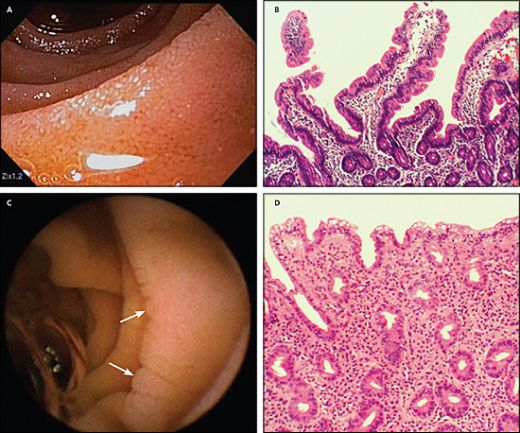
Our heart needs oxygen for functioning constantly and properly which is derived from blood carried by veins. it is a common knowledge to everyone that human heart beats seventy two times in one minute and for this heart requires around 250 ml of blood.
The supply of blood to heart gets reduced if fat gets accumulated in these veins and this particular layer of deposited fat is called heart blockage.
Apart from people having family history in heart problems, inconsistent lifestyle increases the chances of developing heart blockage. Moreover the habit of smoking, sedentary lifestyle, lack of exercise, extremely busy schedule and remaining in tension increases the chances of heart disease by at least fifteen to twenty percent.
Symptoms of Heart disease
If a person feels pain or heaviness in the left portion of the chest, then it means that that person is suffering from angina. Angina is a heart disease in which heart does not receive adequate supply of pure blood which causes pain in chest. this problem affects a person more while walking or doing some work. sometimes the pain radiates to arm from chest.
There are several medical examinations advised for examining the condition of heart at different levels. for proper diagnosis of angina, ECG (Electrocardiography) is done on the patient. but ECG is able to provide details about the current condition of the heart and because of this TMT test is done. TMT is also known as stress test.
If the need arises, echocardiogram is done. With echocardiogram, the exact size of heart, the condition of valve and pumping capacity of heart can be accurately known but in this case also, the exact condition of coronary blockage remains unknown.
The pumping power of a healthy person must be sixty percent whereas after suffering from a minor heart attack, the power gets reduced to fifty five percent and after a major heart attack, the power diminishes to thirty percent.
In CT coronary angiography, without inserting catheter inside the body, with the aid of machines, x-ray of portion inside the pulse is taken and the exact status of blockage is known. Thallium scan takes around four to five hours. In this scan, the flow of blood is examined during rest and exercise.